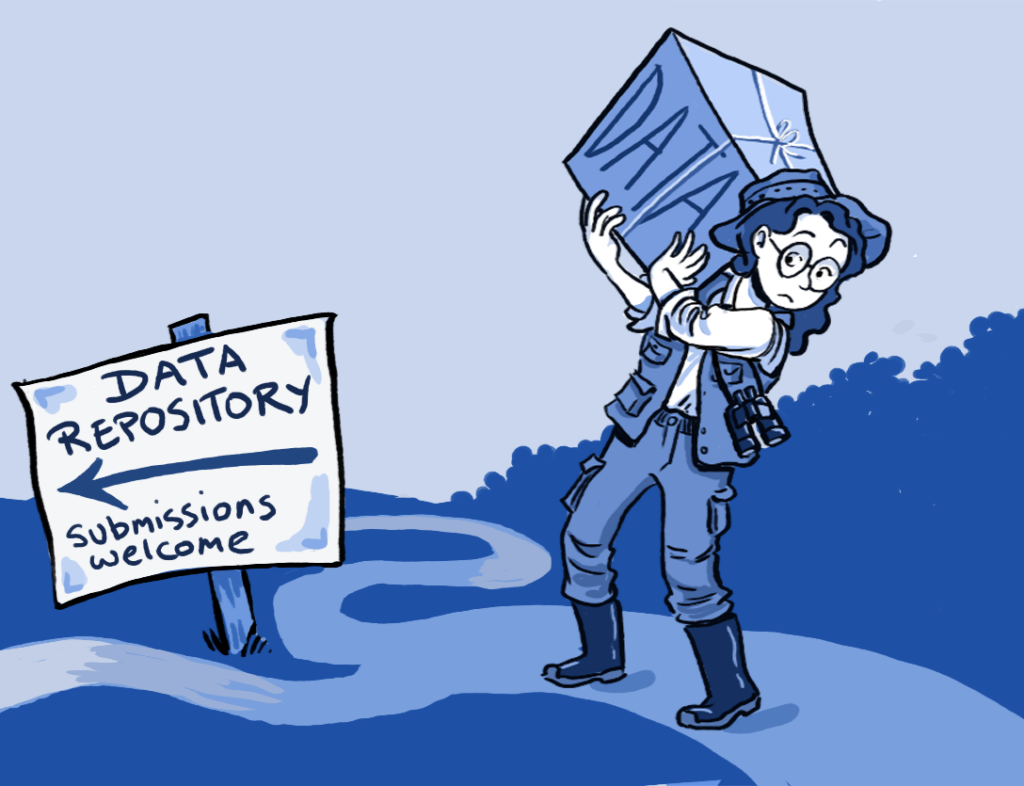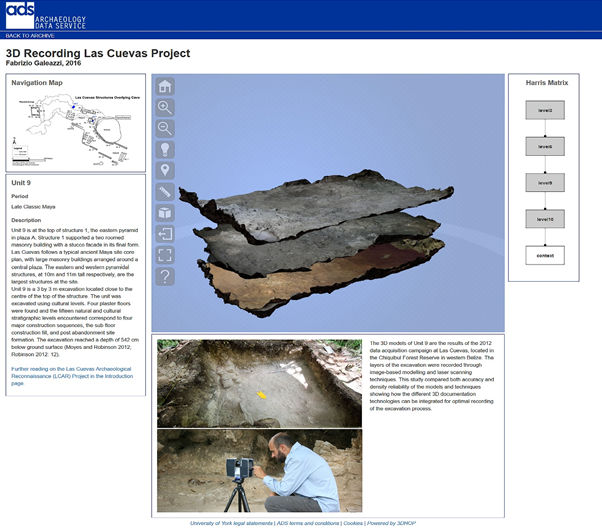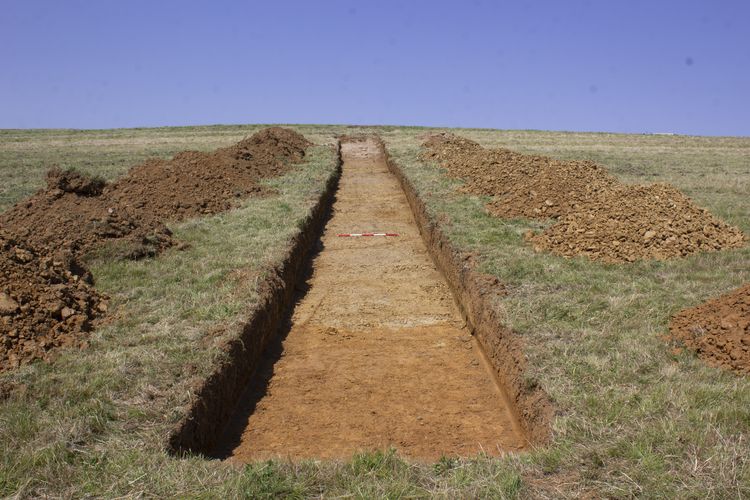
Today I’m in Belfast talking at the 2023 Annual Conference of the Archives & Records Association. For those who can’t make it, or were so taken with my presentation that they want their own copy, a pdf version is available under 2023 in the Presentations section of the ADS Website.
My talk had the somewhat ambitious title: ’25 Years of Practical Digital Preservation: A Tale of Community-Driven Evolution’ but basically I wanted to show how the ADS collections and archiving practices have developed over time and how the changes in what we collect and how we work has always been in response to a user or stakeholder need.
Hopefully I got that main point across, but 20 minutes was not a long time to go into much detail, so in support of my talk I thought I’d use this space to point out a few resources on our website that give a more thorough indication of how we do what we do from an archivist’s perspective: our policies, our procedures, our workflow, and our team.
Our archival and digital preservation work is still based on the Open Archival Information System (OAIS) Functional Model, this is detailed in our ‘Repository Operations’ document, which is a good place to start to get an overview of how we operate. To stick with the theme, I’ll split up my signposting according to the different functional stages of the OAIS.
Preservation Planning

To help our depositors manage their data for long-term preservation and access, we provide guidance in the form of our Data Management Advice and Guidance pages with information on selecting and appraising data, file naming, data management plans, sensitive data and more. Our Instructions for Depositors pages outline our requirements and recommended practice specifically for deposition with the ADS.
Ingest

Collections that meet our Collections Policy are allocated to an archivist for appraisal. The archivists will look for similar things to those laid out for depositors in our Selection and Appraisal page, as well as checking the data and metadata is present and correct, that we have the collection-level information and file-level information needed to describe the function, content, provenance, and context of the data, and that they meet our Data Requirements. The Ingest Manual and the accession checklists that the archivists go through before transferring the submitted data to the ADS can be found at the bottom of the Data Procedures page.
Archival Storage
 Once the submission has been appraised and approved, and transferred to the ADS filestore, the Archivists start processing the data into preservation-appropriate file formats. This is done according to the Preservation Policy, following the guidance on the Data Procedures page.
Once the submission has been appraised and approved, and transferred to the ADS filestore, the Archivists start processing the data into preservation-appropriate file formats. This is done according to the Preservation Policy, following the guidance on the Data Procedures page.
Providing Access

Although the metadata, the administrative, descriptive, and contextual information surrounding the data, is reviewed, updated, and enhanced throughout the archiving workflow, it is during this stage that the metadata becomes visible online. This is the stage where the Metadata Policy and Cataloguing Policy may be most important in the process. The files may also be converted into web-access appropriate formats, or compressed for easy download, according to the checklists and guidance laid out in the Data Procedures page. All data disseminated by the ADS is available to access openly and free from charge as outlined in the Access and Reuse of Data page. The current ways that the collections are presented on the ADS website is outlined on the Interfaces page.
Administration
 The ADS is funded by three main funding strands; research project grants, infrastructure funding, and data deposit charges, outlined in our finance page. Our deposition costs are outlined in our Instructions for Depositors pages and the charging methods are outlined in full in the ADS Depositor Charging Policy. Each of the digital collections deposited with us are covered by a Depositor Agreement, and are licenced for reuse. The ADS strongly advocates making data as widely reusable as possible through open, permissive, reuse licences.
The ADS is funded by three main funding strands; research project grants, infrastructure funding, and data deposit charges, outlined in our finance page. Our deposition costs are outlined in our Instructions for Depositors pages and the charging methods are outlined in full in the ADS Depositor Charging Policy. Each of the digital collections deposited with us are covered by a Depositor Agreement, and are licenced for reuse. The ADS strongly advocates making data as widely reusable as possible through open, permissive, reuse licences.
For an overview of past years’ work, see our Annual Reports.
And as to who does all of this work: how many archivists, how many developers, systems managers, administrators, managers does it take? Our team is currently growing, so keep checking out our Team page to see the lovely people who look after and manage the growing collections.
Hopefully those resources prove useful, if you’re reading this from the 2023 ARA Conference and want to know more, feel free to come and say hi to me here in Belfast!






